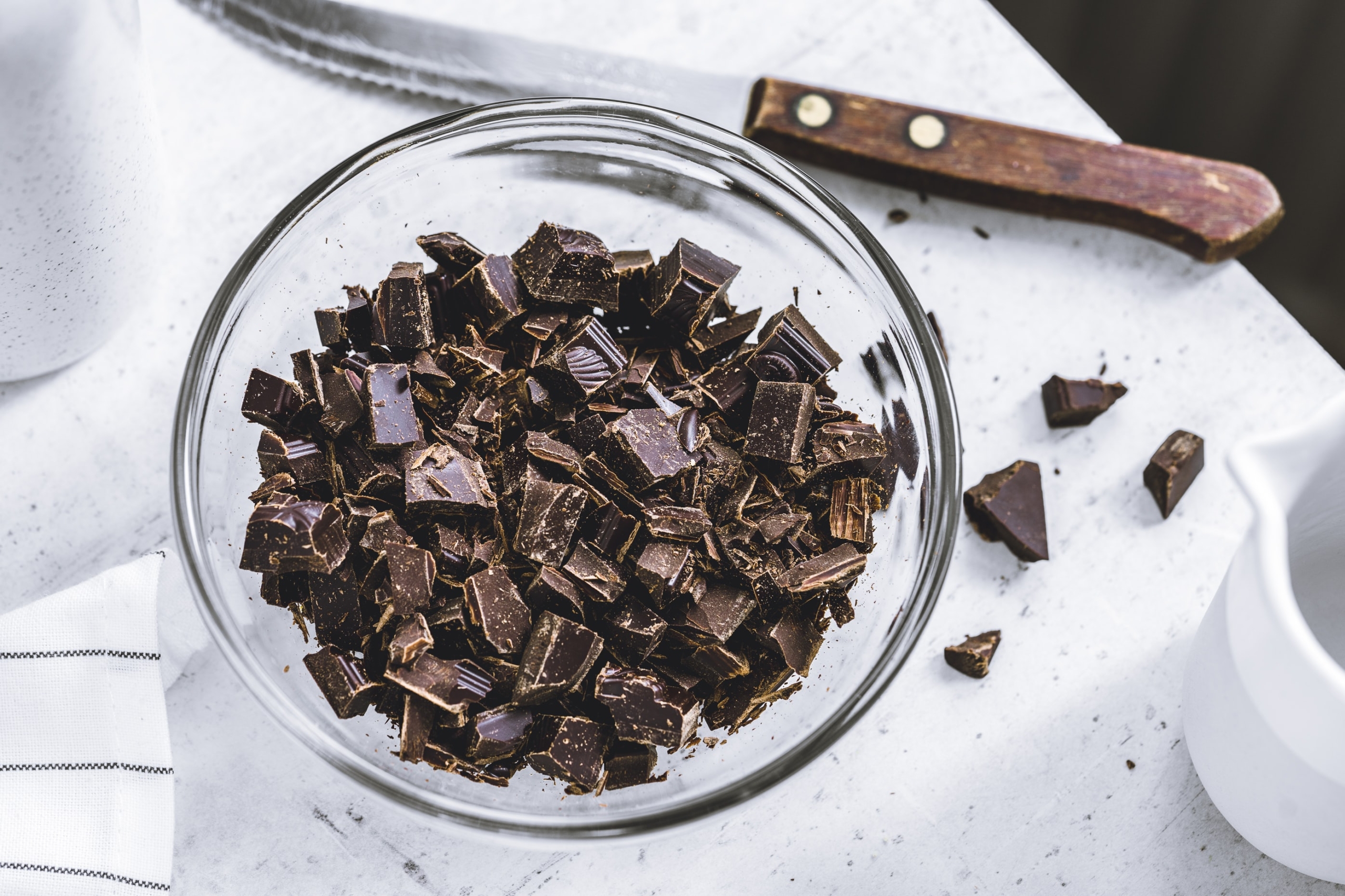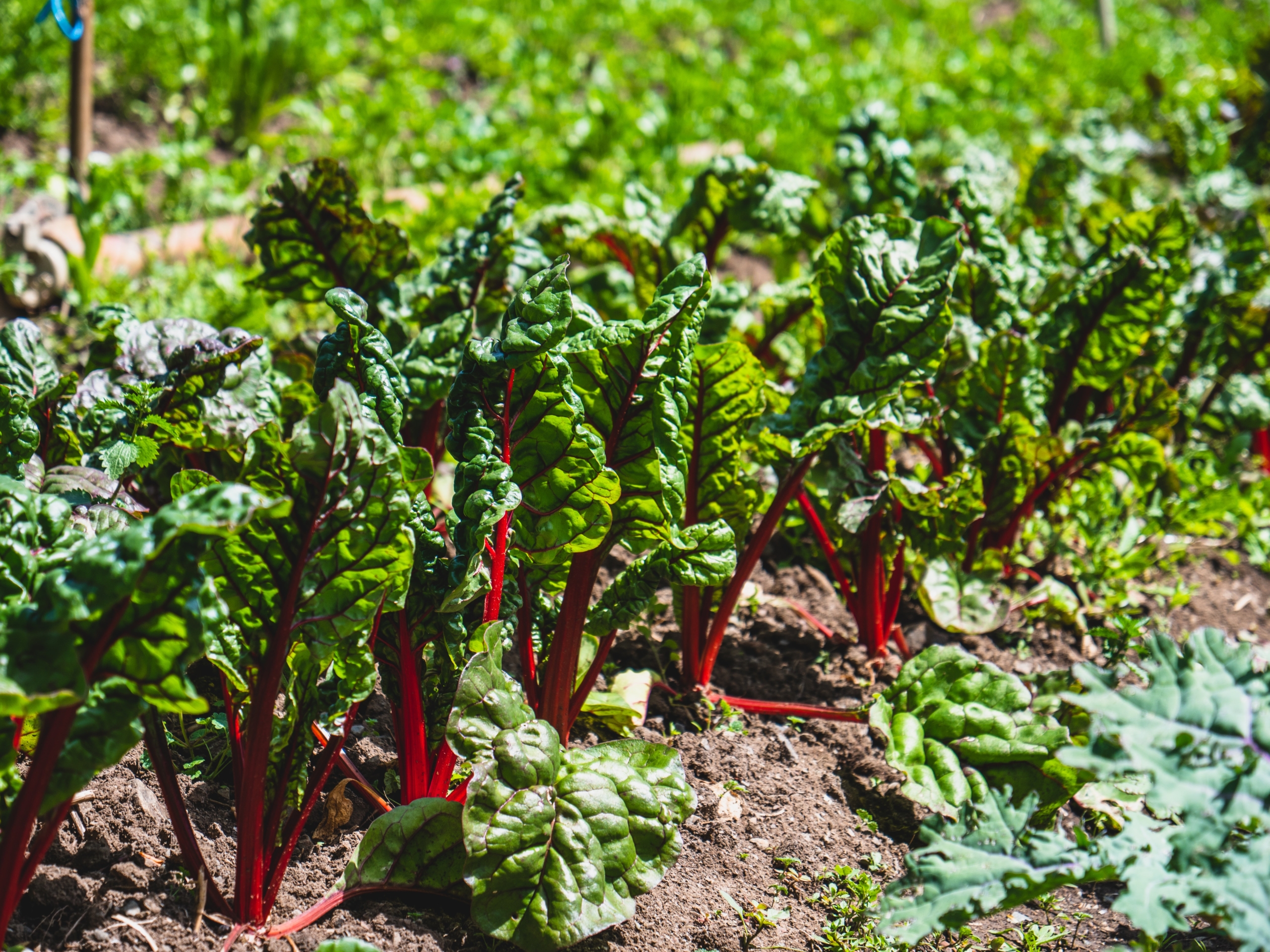If you follow nutrition news at all, then you’ve probably heard about a molecule present in many plant foods called oxalate (aka oxalic acid), which has been at the heart of some debate in the health world for years now, due to it’s potentially damaging effects within the human body.
Many plants produce oxalates as a natural pesticide, which helps to deter insects and other critters from eating them. Our body has the ability to eliminate oxalates through our kidney/bladder system, transporting it in our urine as with any other metabolic waste, but proper gut health and a balanced microbiome are also necessary in order for the oxalates to be broken down and excreted from the body.
And we’re pretty much all dealing with some degree of compromised gut health these days due to factors like chronic stress and lack of quality sleep, the overuse of antibiotics in our medicine and also found in the dairy/animal proteins we eat, highly processed foods, and pollution.
But if you have leaky gut, SIBO (small intestinal bacterial overgrowth), parasites or another inflammatory gut condition, you’re more likely to absorb and retain higher amounts of oxalate in your body. So it’s no surprise then that many people are experiencing health issues related to oxalate consumption.
The good news? Certain strains of good (probiotic) bacteria living in our gut can break down oxalate in the food we eat, which is another reason that a healthy, balanced gut microbiome is so critical for our health. Wild fermentation of high oxalate vegetables like kimchi, sauerkraut, and pickles has been found in studies to lower the levels of oxalates significantly during the culturing process.

So please eat your fermented veggies every day for optimal health!
Have you experienced any of these troublesome symptoms or health issues? If so, check out the list of high oxalate foods and consider whether oxalate consumption may be an issue for you.
Health Issues Linked to Oxalate Consumption
- Kidney stones (once is enough!) or interstitial cystitis (painful urination)
- Irritable gut symptoms such as pain, gas, bloating, constipation or diarrhea
- Joint pain and inflammation (arthritis, polyarthritis)
- Muscle stiffness and aches
- Sleep and mood disturbances
- Itchy skin or rash
- Autoimmune diseases (fibromyalgia, rheumatoid arthritis, lupus, psoriasis)
Oxalate molecules combine with calcium (calcium oxalate crystals) inside your body and create a build-up of sharp glass-like grains (aka kidney stones, bone spurs, and tissue calcification) that can cause mechanical damage in various organs and tissues. If you’ve ever had a kidney stone, you know that the pain is excruciating (it’s said to be more painful than childbirth), so anything we can do to avoid those is very well worth it.
Many autoimmune diseases have been linked with high oxalate consumption, but sadly most people suffering from these conditions have no idea that the reportedly ‘healthy’ foods that they’re eating may actually be exacerbating their symptoms by triggering inflammatory reactions throughout their body.
Here is a list of some of the highest oxalate-containing foods that are commonly eaten, so you’ll want to avoid these as much as possible while on a low-oxalate diet.
Highest Oxalate-Containing Foods

- Dark leafy greens like spinach and swiss chard
- Beetroot and cassava root
- Celery and bamboo shoots
- Dark chocolate and cocoa powder
- Grains such as quinoa, amaranth, wheat, brown rice (wild rice is low in oxalates)
- Berries (especially elderberries, black berries and dried goji berries)
- Buckwheat which comes from the rhubarb family
- Excess consumption of black tea
- Beans including soy, black, fava, navy beans
- Nuts and seeds (almonds, hazelnut, brazil nut, cashews, peanuts, pecans, chia seeds, sesame seeds)
- Spices like cardamom, cinnamon and turmeric
- Potatoes and sweet potatoes
- Fruits like star fruit, pomegranate, rhubarb and dates
Although all of these foods contain a lot of high quality nutrition in general, their high level of oxalate means that they may be contributing to some of your underlying health issues.

You can find a comprehensive list of oxalate levels in foods as well as build your favorite low oxalate recipes in an app called OOX (says it’s for gout and kidney stones). I highly recommend that you get the upgraded version for kidney stones, and if you suffer from gout, then this app will also be very helpful for you!
I suggest this app regularly to my patients for it’s comprehensive oxalate level info in foods, and I also appreciate that it provides you with the nutritional values of each food, such as calories, types of fats, vitamins and minerals, etc.
The first thing that you want to do is count up how many milligrams of oxalate you’re eating per day.
On the app, there are two versions of oxalates listed for each food item: “Oxalates” and “Soluble Oxalates”. Count up your daily intake of “Oxalates” in milligrams (mg) for each food per serving, not the soluble oxalates.
Soluble oxalate levels are referring to the oxalates that are actually absorbed into the bloodstream, which can cause systemic issues including kidney stones and arthritis.
Insoluble oxalates can stay in your intestines and irritate your digestive system as they’re moving down the tract for elimination, so I feel that the insoluble oxalates are just as important to limit as the soluble type.
Please note: If you’re currently eating a very high oxalate diet (over 500mg per day) and you reduce your intake too quickly, you may experience detox-like symptoms called “oxalate dumping”, such as a candida yeast flare up, rashes/hives, painful urination, and mood disturbances. I’ll go more into this in my next blog post!
If this happens, you can simply back off of the reduction plan for a bit and then resume once you feel ready, but I work closely with my patients to help ensure that this doesn’t happen, or if it does, the detox symptoms are minimal.
Lab Testing Available for Oxalate Levels
I use the Great Plains Laboratory Organic Acids Test (OAT) for my patients to provide the exact level of oxalates excreted in their urine, and as a bonus, it also gives us an indirect read of my patients’ candida levels.
This is helpful because candida actually produces small amounts of oxalate, so if you have a candida overgrowth, you can still have symptoms even if you’re keeping your dietary oxalate levels extremely low.
If you think you may benefit from a low oxalate diet and need help with testing or support in implementing a low oxalate diet, contact my office at help@drsusanne.com or (310) 315-1514 to set up a consultation with me.
And stay tuned for my next blog post, where I’ll go into a lot more detail on the potential dangers of eating a high oxalate diet and how to best taper down without detox symptoms, including an oxalate cleanse challenge that we can do together!
To your most vibrant life,
Dr. Susanne




